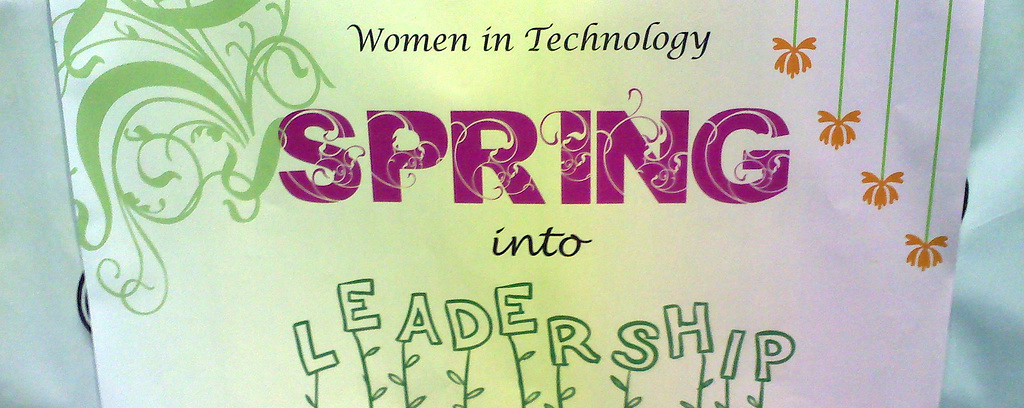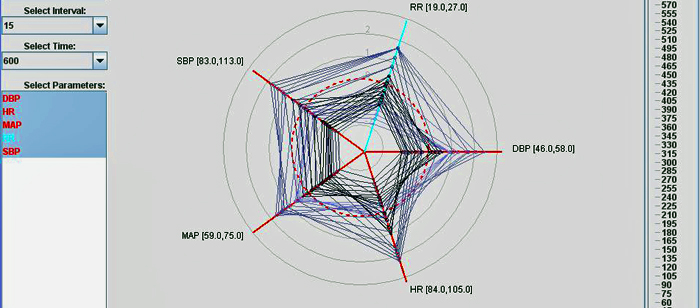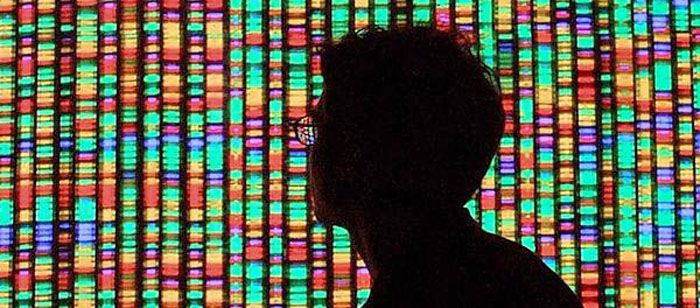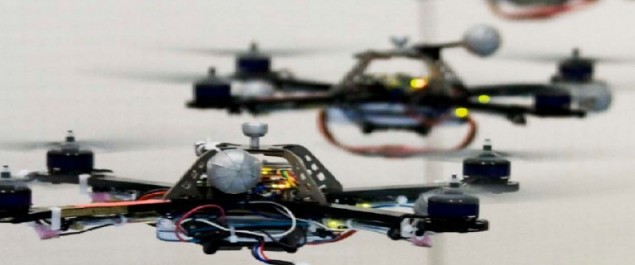EE Graduate Seminar
Unsupervised Multispectral Image Classification
Shih-Yu Chen
PhD (EE) Student, CSEE Dept/UMBC
11:30am-12:45pm, Friday, 6 April 2012, ITE 237
This seminar presents a new approach to unsupervised classification for multispectral imagery. It first uses a Gaussian pyramid multi- resolution technique to reduce image size from which the pixel purity index (PPI) is implemented to find regions of interest (ROIs) with PPI counts greater than zero. These PPI-found samples are further used as support vectors for a support vector machine (SVM) to classify data. The resulting SVM-classified data samples are further processed by a newly designed iterative Fishers linear discriminant analysis (IFLDA), which implements FLDA in an iterative manner to refine classification results. The experimental results show the proposed approach has great promise in unsupervised classification.
Shih-Yu Chen received the BSEE degree from Da-Yeh University in 2005, and the MSEE degree from National Chung Hsing University in 2010. He is currently a PhD (EE) student at UMBC. Mr. Chen's research interest includes medical image, remote sensing image, and vital-sign signal processing.
Host: Prof. Joel M. Morris






